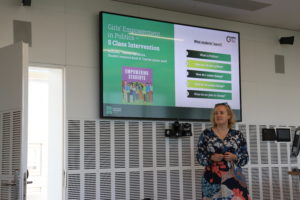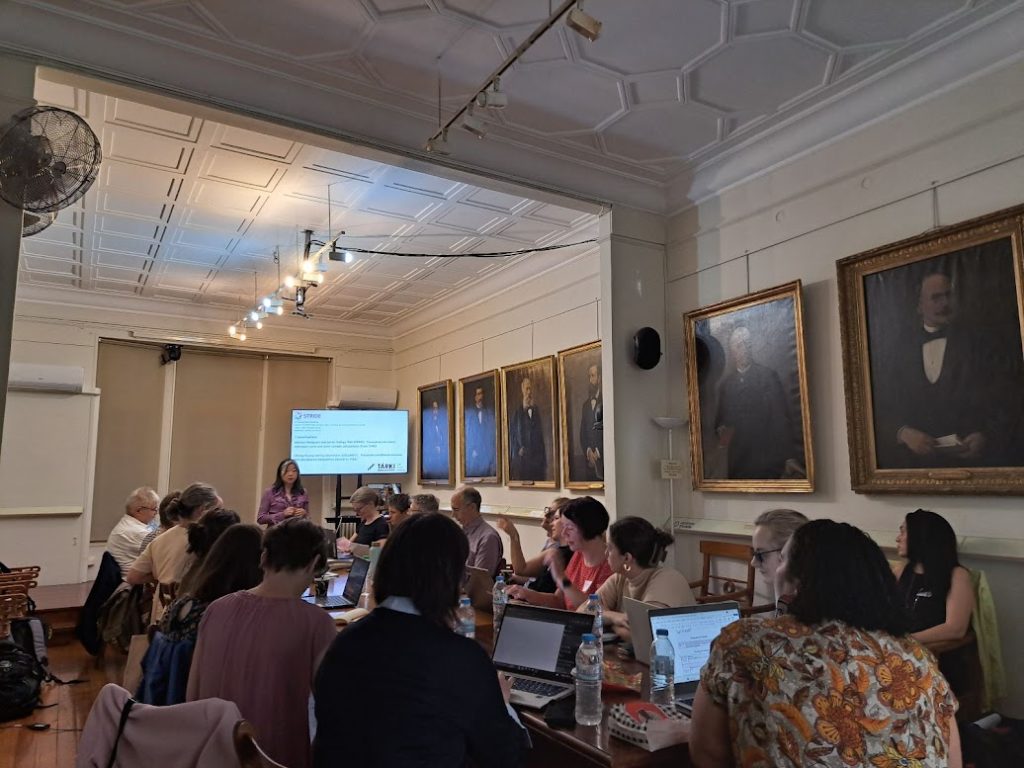As part of the STRIDE project, TÁRKI Social Research Institute leads the task of analyzing trends in educational inequalities across Europe. This initiative, focused on understanding disparities in educational outcomes, re-examines existing data from large-scale international educational studies. The research will provide valuable insights for creating equitable, inclusive, and resilient education systems by exploring the connections between educational reforms and inequalities.
The study takes a detailed look at decades of data from key international educational assessments, including the International Civic and Citizenship Education Study (ICCS), the Programme for International Student Assessment (PISA), the Trends in International Mathematics and Science Study (TIMSS), and the Progress in International Reading Literacy Study (PIRLS). These datasets allow researchers to examine how changes in education policies have influenced student outcomes across different European countries.
The research uses advanced multilevel modeling with an intersectional lens to deepen the analysis. This approach makes it possible to explore educational inequalities at various levels—individual, school, and system-wide—while also studying how factors like socio-economic background, gender, migration history, and language spoken at home interact to create disparities in student outcomes.
The project is organized into several key phases to help us better understand educational inequalities. These phases begin with developing an analytical framework, a comprehensive framework of inequality in education using multilevel modelling with an intersectional lens, and a working plan with the division of labour.
Building harmonized datasets follows the first phase in that researchers group datasets based on key educational reforms and years before and after 2020, enabling comparisons before and after these changes. This approach creates a quasi-experimental setup to evaluate the impact of reforms on educational outcomes and examine the intersectionality of inequalities among subgroups of individual students with cumulative disadvantages.
In the last phase, the research will produce indicators highlighting the main drivers of inequality, such as gender, students’ achievement scores, socio-economic background, language spoken at home, migration history, the school they attend, or whether they have attended early care and childhood education, and intersectionality of inequalities and their effects. These insights will be used to develop an interactive map and toolbox to support policymakers and stakeholders in addressing inequalities with evidence-based approaches to create inclusive and equitable systems for all learners and provide actionable insights into effective strategies for reducing these disparities.














